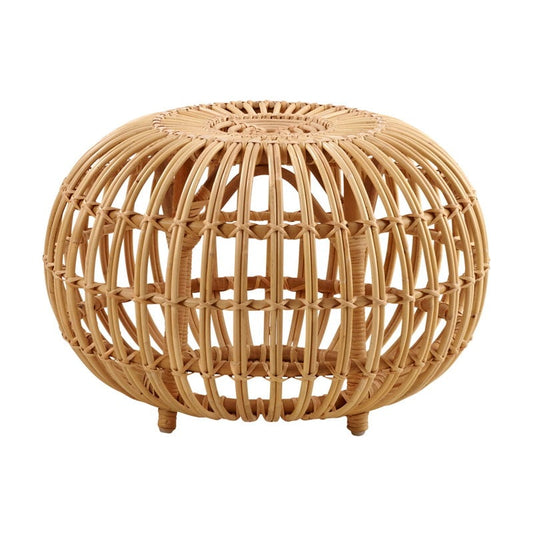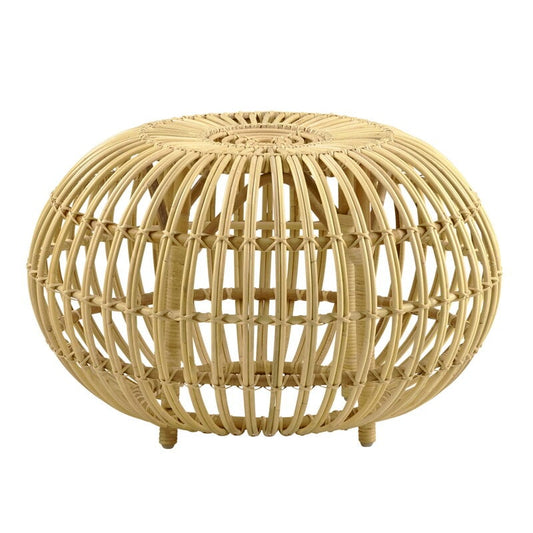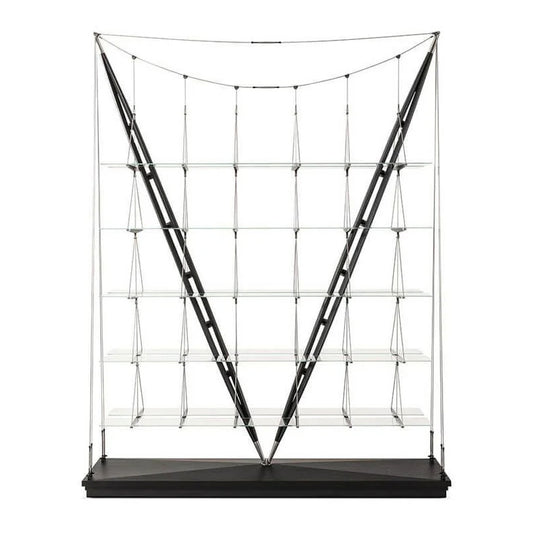컬렉션: Franco Albini
Franco Albini (Robbiate 1905-Milan 1977) was an undisputed master of 20th century Italian architecture. His work also ranged to product design, town planning, exhibition design and teaching. After graduating from the then Regio Politecnico di Milano in 1929, he worked in the office of Gio Ponti and Emilio Lancia. These were years in which the rationalist wave swept through Milan, with the formation of such collectives as Gruppo 7 and MIAR (Movimento Italiano Architettura Razionale), opposed by academics and the so-called Novecento architects. Franco Albini showed no interest in the new movement until he met Edoardo Persico, then director of Casabella. The critic had seen the design of some furnishings by the young architect and defined them as "Novecentisti". This episode marked the beginning of the trajectory that led Albini to become one of the leading exponents of Italian rationalism by joining the so-called Milanese School, alongside Edoardo Persico, Giuseppe Pagano, Figini and Pollini, BBPR, Piero Bottoni and Ignazio Gardella.
In 1931, he opened an office with Giancarlo Palanti. They worked on social housing projects for the new Milan suburbs. From 1933 on, he took part in several temporary exhibition projects with the Rationalist group at the recently inaugurated Palazzo della Triennale. The exhibitions, whose projects were presented in a 1:1 scale, had rationalist architecture as their theme. For the young architect, they represented a laboratory in which he could freely experiment with his ideas. Albini's approach to design emerged from these experiences - rigorous and methodical, tending to mediate between artistic flair and professional logic, whether erecting buildings or designing objects. His characteristic grids, nodes, metal frames, glass walls, suspended objects, and minimalist spaces imbued with air, light and suggestive transparencies come to life in his designs. In Stanza per Uomo (1936) created for the Dassi company, Albini concentrated a sequence of functional and extraordinarily modern furnishing solutions into just 27 square metres. In the 1940s, he designed furniture for his flats in Via Cimarosa and Via De Togni. They included the prototype for the Fiorenza armchair, produced by Arflex in 1952 and Poggi in 1967; the prototype for the Crystal Radio and the Veliero bookcase, now included in the I Maestri di Cassina collection; the Mitragliera lamp, a surreal wood rocking-chair, also proposed by Cassina with the name Canapo.
Albini became one of the founders of the Movimento Studi Architettura after a pause due to the war. In 1952, he partnered with the architect Franca Helg, producing some of his most representative architectural works. They included Villa Olivetti in Ivrea (1956); the Rinascente department store in Rome (1957-1971); the Ina offices in Parma (1950-1954); the Line 1 stations for the Milan underground (1962-1964); and fittings for four museums in Genoa. At the same time, his ingenuity gave rise to such iconic objects as the Luisa armchair by Poggi (1955), which won the Compasso d'Oro ADI award. Pieces reissued by Cassina are included in the I Maestri collection: the Cicognino coffee table (1953), the TL3 table (1953) and the 835 Infinito bookcase (1956). He designed a collection of glass and metal lamps for the Nemo lighting company in collaboration with Franca Helg, Marco Albini and Antonio Piva. For Olivari, he designed the Agata handle collection. Franco Albini died in Milan in 1977.
-
 할인
할인루이사 레더 암체어
공급업체:Cassina주문제작 유럽도매가 해상운송 6개월~지금 이 가격은 배송비와 세금이 빠진 금액입니다. 최종 가격은 결제 화면에서 주소지를 입력한 뒤에 확인 가능합니다.정가 ₩2,192,000 KRW에서정가₩4,385,000 KRW할인가 ₩2,192,000 KRW에서할인 -
Luella mirror
공급업체:Sika-Design해외재고 유럽현지가 해상운송 3~4개월지금 이 가격은 배송비와 세금이 빠진 금액입니다. 최종 가격은 결제 화면에서 주소지를 입력한 뒤에 확인 가능합니다.정가 ₩639,000 KRW정가₩852,000 KRW할인가 ₩639,000 KRW할인 -
Franco Albini ottoman
공급업체:Sika-Design해외재고 유럽현지가 해상운송 3~4개월지금 이 가격은 배송비와 세금이 빠진 금액입니다. 최종 가격은 결제 화면에서 주소지를 입력한 뒤에 확인 가능합니다.정가 ₩706,000 KRW에서정가₩941,000 KRW할인가 ₩706,000 KRW에서할인 -
Franco Albini Exterior ottoman
공급업체:Sika-Design해외재고 유럽현지가 해상운송 3~4개월지금 이 가격은 배송비와 세금이 빠진 금액입니다. 최종 가격은 결제 화면에서 주소지를 입력한 뒤에 확인 가능합니다.정가 ₩841,000 KRW에서정가₩1,121,000 KRW할인가 ₩841,000 KRW에서할인 -
Model 2050 pendant
공급업체:Astep해외재고 유럽현지가 국제택배 1~2개월지금 이 가격은 배송비와 세금이 빠진 금액입니다. 최종 가격은 결제 화면에서 주소지를 입력한 뒤에 확인 가능합니다.정가 ₩2,612,000 KRW정가₩3,606,000 KRW할인가 ₩2,612,000 KRW할인 -
 할인
할인트레 페치 레더 암체어
공급업체:Cassina주문제작 유럽도매가 해상운송 6개월~지금 이 가격은 배송비와 세금이 빠진 금액입니다. 최종 가격은 결제 화면에서 주소지를 입력한 뒤에 확인 가능합니다.정가 ₩6,196,000 KRW에서정가₩12,392,000 KRW할인가 ₩6,196,000 KRW에서할인 -
트레 페치 패브릭 암체어
공급업체:Cassina주문제작 유럽도매가 해상운송 6개월~지금 이 가격은 배송비와 세금이 빠진 금액입니다. 최종 가격은 결제 화면에서 주소지를 입력한 뒤에 확인 가능합니다.정가 ₩4,719,000 KRW에서정가₩9,438,000 KRW할인가 ₩4,719,000 KRW에서할인 -
TL3 - 직사각 테이블
공급업체:Cassina주문제작 유럽도매가 해상운송 6개월~지금 이 가격은 배송비와 세금이 빠진 금액입니다. 최종 가격은 결제 화면에서 주소지를 입력한 뒤에 확인 가능합니다.정가 ₩2,941,000 KRW에서정가₩5,882,000 KRW할인가 ₩2,941,000 KRW에서할인 -
 할인
할인루이사 패브릭 암체어
공급업체:Cassina주문제작 유럽도매가 해상운송 6개월~지금 이 가격은 배송비와 세금이 빠진 금액입니다. 최종 가격은 결제 화면에서 주소지를 입력한 뒤에 확인 가능합니다.정가 ₩1,704,000 KRW에서정가₩3,409,000 KRW할인가 ₩1,704,000 KRW에서할인 -
 할인
할인인피니토 월 북케이스
공급업체:Cassina주문제작 유럽도매가 해상운송 6개월~지금 이 가격은 배송비와 세금이 빠진 금액입니다. 최종 가격은 결제 화면에서 주소지를 입력한 뒤에 확인 가능합니다.정가 ₩749,000 KRW에서정가₩1,497,000 KRW할인가 ₩749,000 KRW에서할인 -
인피니토 - 더블 사이드 북케이스
공급업체:Cassina주문제작 유럽도매가 해상운송 6개월~지금 이 가격은 배송비와 세금이 빠진 금액입니다. 최종 가격은 결제 화면에서 주소지를 입력한 뒤에 확인 가능합니다.정가 ₩749,000 KRW에서정가₩1,497,000 KRW할인가 ₩749,000 KRW에서할인 -
 할인
할인카발레또 - 테이블
공급업체:Cassina주문제작 유럽도매가 해상운송 6개월~지금 이 가격은 배송비와 세금이 빠진 금액입니다. 최종 가격은 결제 화면에서 주소지를 입력한 뒤에 확인 가능합니다.정가 ₩4,391,000 KRW에서정가₩8,783,000 KRW할인가 ₩4,391,000 KRW에서할인 -
치코니노 - 스몰 테이블
공급업체:Cassina주문제작 유럽도매가 해상운송 6개월~지금 이 가격은 배송비와 세금이 빠진 금액입니다. 최종 가격은 결제 화면에서 주소지를 입력한 뒤에 확인 가능합니다.정가 ₩1,364,000 KRW에서정가₩2,727,000 KRW할인가 ₩1,364,000 KRW에서할인 -
AM2C - Metal and glass floor lamp (Request Info)
공급업체:Nemo주문제작 유럽도매가 국제택배 3개월~지금 이 가격은 배송비와 세금이 빠진 금액입니다. 최종 가격은 결제 화면에서 주소지를 입력한 뒤에 확인 가능합니다.가격문의 -
AM2Z - Metal floor lamp (Request Info)
공급업체:Nemo주문제작 유럽도매가 국제택배 3개월~지금 이 가격은 배송비와 세금이 빠진 금액입니다. 최종 가격은 결제 화면에서 주소지를 입력한 뒤에 확인 가능합니다.가격문의 -
AM4C - Opal glass pendant lamp (Request Info)
공급업체:Nemo주문제작 유럽도매가 국제택배 3개월~지금 이 가격은 배송비와 세금이 빠진 금액입니다. 최종 가격은 결제 화면에서 주소지를 입력한 뒤에 확인 가능합니다.가격문의 -
AS41C - Swivel opal glass pendant lamp
공급업체:Nemo주문제작 유럽도매가 국제택배 3개월~지금 이 가격은 배송비와 세금이 빠진 금액입니다. 최종 가격은 결제 화면에서 주소지를 입력한 뒤에 확인 가능합니다.정가 ₩1,745,000 KRW에서정가₩3,309,000 KRW할인가 ₩1,745,000 KRW에서할인 -
AM1N - Opal glass table lamp (Request Info)
공급업체:Nemo주문제작 유럽도매가 국제택배 3개월~지금 이 가격은 배송비와 세금이 빠진 금액입니다. 최종 가격은 결제 화면에서 주소지를 입력한 뒤에 확인 가능합니다.가격문의
























